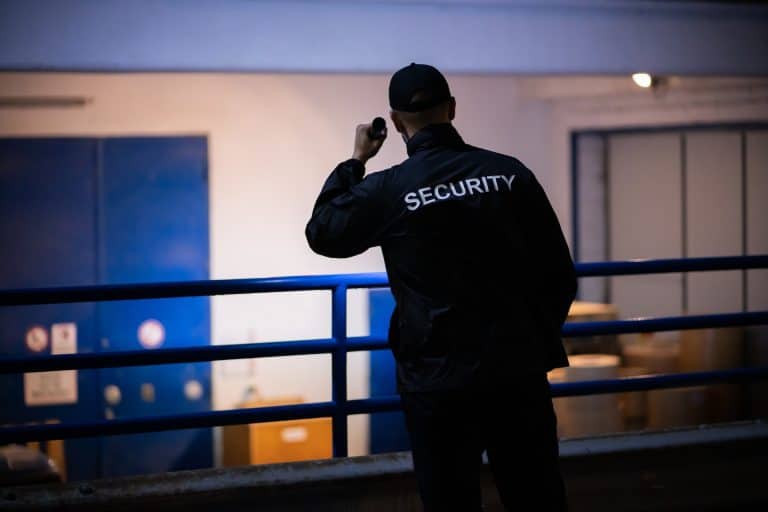The Hidden Danger of Negative Kinesics: How Body Language Can Escalate Security Incidents
Last Updated on Jun 19, 2025
Introduction:
In security work, body language can be your greatest asset — or your biggest liability. Negative kinesics, even when unintentional, can instantly escalate a situation. Understanding and avoiding these common mistakes is crucial for every professional security guard.
The Escalation Trigger: Fight, Flight, or Freeze
When individuals feel threatened by a security guard’s body language, their brain activates a survival response:
- Fight — Aggression or confrontation
- Flight — Avoidance or evasion
- Freeze — Shock or paralysis
Example of Negative Kinesics in Action:
Scenario:
A guard notices a customer acting suspiciously and:
- Approaches aggressively.
- Stands too close.
- Crosses arms and glares.
- Uses a harsh tone.
Result:
The customer feels threatened, defensive, and possibly confrontational.
Common Negative Kinesics Security Guards Must Avoid:
| Negative Behavior | Impact |
|---|---|
| Standing too close | Triggers defensiveness |
| Crossing arms | Appears confrontational |
| Clenching fists | Signals aggression |
| Finger pointing | Feels accusatory |
| Jerky movements | Startles individuals |
| Staring or glaring | Feels intimidating |
How Negative Kinesics Sabotages Security Work:
- Increases tension unnecessarily.
- Reduces compliance.
- Provokes defensiveness or aggression.
- Makes resolution more difficult.
Practical Tips to Avoid Negative Kinesics:
- Be aware of your posture and proximity.
- Keep your hands visible and relaxed.
- Avoid rapid or sudden movements.
- Use neutral facial expressions.
- Speak with a calm, non-threatening tone.
Beyond Body Language: The Role of Paraverbals and Proxemics
- Proxemics: Give space; avoid blocking exits.
- Paraverbals: Control your tone, volume, and pace of speech.
Conclusion:
Security guards often operate in volatile environments. By being aware of how negative kinesics can escalate situations, you gain an advantage in maintaining control and ensuring safety. Every encounter is an opportunity to de-escalate — your body language can be the difference.


